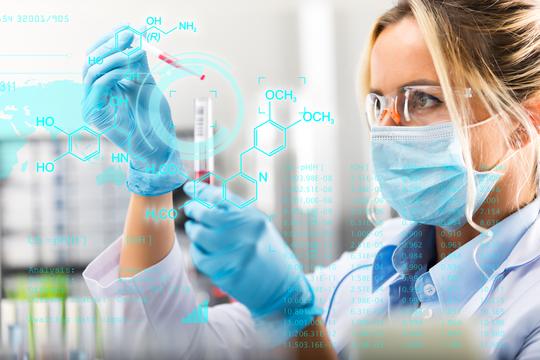STEMICOL BOOST YOUR IMMUNE SYSTEM
April 9, 2020 – Steve Bruner

STEMICOL STIMULATES & STRENGTHENS THE IMMUNE SYSTEM BY ENCOURAGING GLUTATHIONE LEVELS, VITAMIN C, VITAMIN D, GREEN TEA ANTIIOXIDANTS, & RESVERATROL

Glutathione is an antioxidant produced in cells that is responsible for strong immune system response. It's comprised largely of three amino acids: glutamine, glycine, and cysteine. Glutathione levels in the body may be reduced by a number of factors, including poor nutrition, environmental toxins, and stress. Its levels also decline with age.
- Reduces oxidative stress. ...
- May improve psoriasis. ...
- Reduces cell damage in alcoholic and nonalcoholic fatty liver disease. ...
- Improves insulin resistance in older individuals. ...
- Increases mobility for people with peripheral artery disease. ...
- Reduces symptoms of Parkinson's disease. ...
- May help fight against autoimmune disease.
The chronic inflammation caused by autoimmune diseases can increase oxidative stress. These diseases include rheumatoid arthritis, celiac disease, and lupus. According to one study, glutathione helps reduce oxidative stress by either stimulating or reducing the body’s immunological response. Autoimmune diseases attack the mitochondria in specific cells. Glutathione works to protect cell mitochondria by eliminating free radicals.
Glutathione is a powerful antioxidant found in every cell in the body. It is made of three types of molecules known as amino acids. Commercial glutathione is not a good idea - it does not assimilate into your cells and is a waste of time and money. That said, multiple studies have demonstrated ingredients that stimulate natural levels of glutathione in your body.
Amino acids combine in different patterns to make all of the proteins in the body.
One unique thing about glutathione is that the body is able to make it in the liver, which is not true of most antioxidants.
Glutathione has many important functions, including:
- making DNA, the building blocks of proteins and cells
- supporting immune function
- forming sperm cells
- breaking down some free radicals
- helping certain enzymes function
- regenerating Vitamins C and E
- transporting mercury out of the brain
- helping the liver and gallbladder deal with fats
- assisting regular cell death (a process known as apoptosis)
Researchers have found links between low levels of glutathione and some diseases. It is possible to increase glutathione levels through oral or intravenous (IV) supplementation.
Another option is to take supplements that activate the natural glutathione production in the body. These supplements include STEMICOL.
Glutathione from Linus Pauling Institute - Dr. Linus Pauling, winner of two Nobel Prizes, is responsible for Orthomolecular medicine. Natural Biology uses Orthomolecular as the basis for all supplements. Orthomolecular seeks to change the environment of your cells to proactively influence a healthier cell. Healthy cells make up healthy tissues, which make up healthy organs, which make up healthier body systems including the immune system, skin, cardio vascular, nervous system, hormonal system, digestive systems, and your brain.
Activation of antioxidant signaling pathways: Glutathione is an important intracellular antioxidant that also plays a role in the detoxification and elimination of potential carcinogens and toxins. Reductions in glutathione synthesis and tissue glutathione concentrations in aged animals (compared to younger ones) are suggestive of a potentially lower ability to respond to oxidative stress or toxin exposure (28). Lipoic acid has been found to increase glutathione concentrations in cultured cells and in the tissues of aged animals fed lipoic acid (29, 30). Lipoic acid might be able to increase glutathione synthesis in aged rats by up-regulating the expression of γ-glutamylcysteine ligase (γ-GCL), the rate-limiting enzyme in glutathione synthesis (31), and by increasing cellular uptake of cysteine, an amino acid required for glutathione synthesis (32). Lipoic acid was found to upregulate the expression of γ-GCL and other antioxidant enzymes via the activation of the nuclear factor E2-related factor 2 (Nrf2)-dependent pathway (31, 33).
